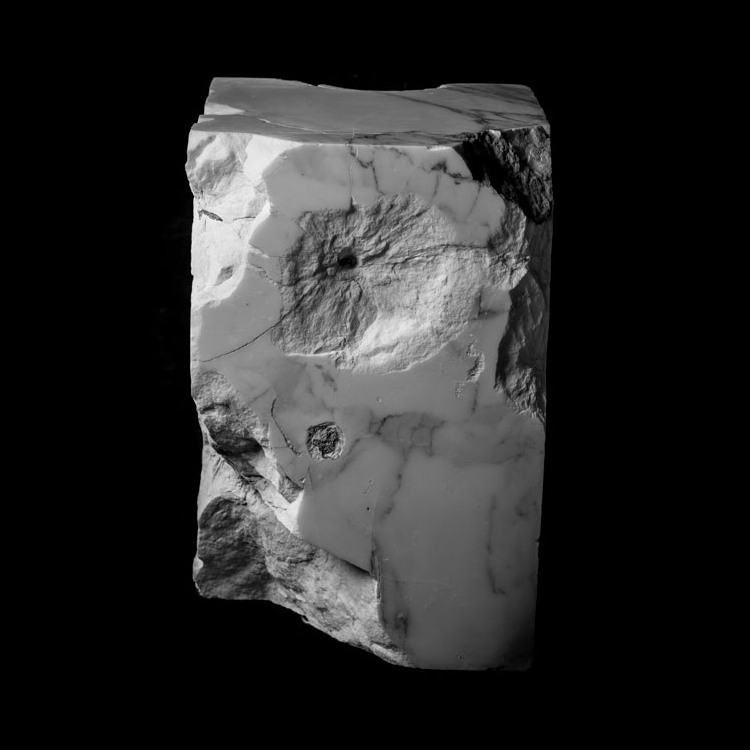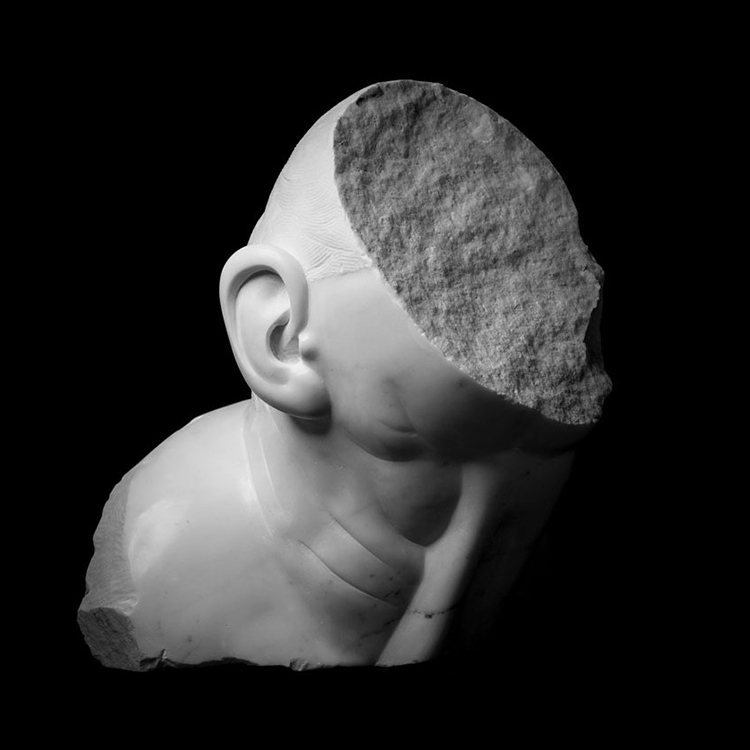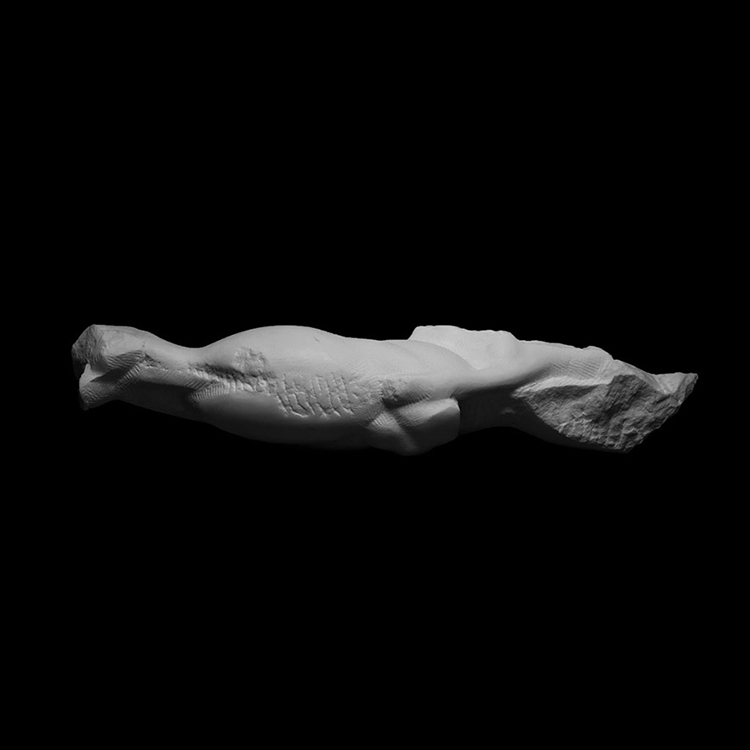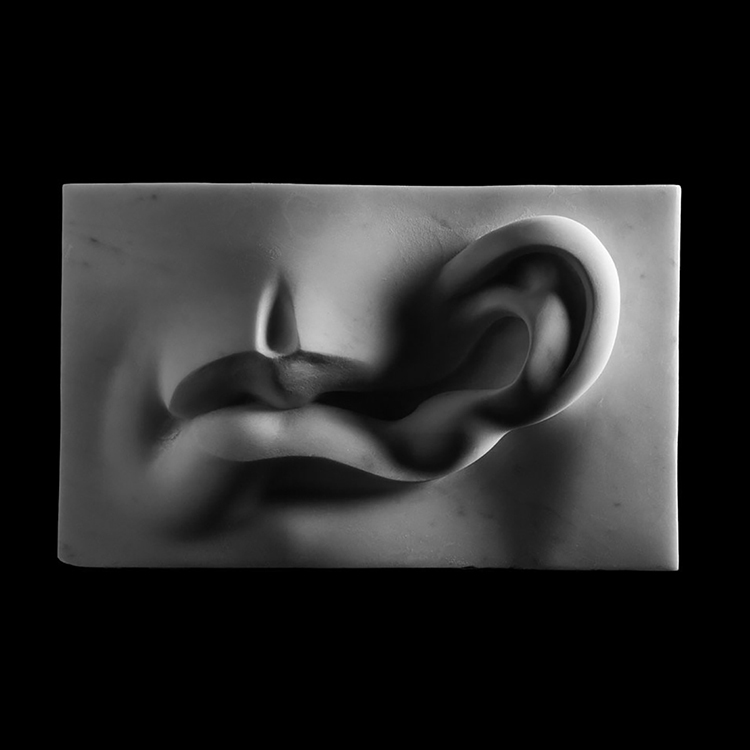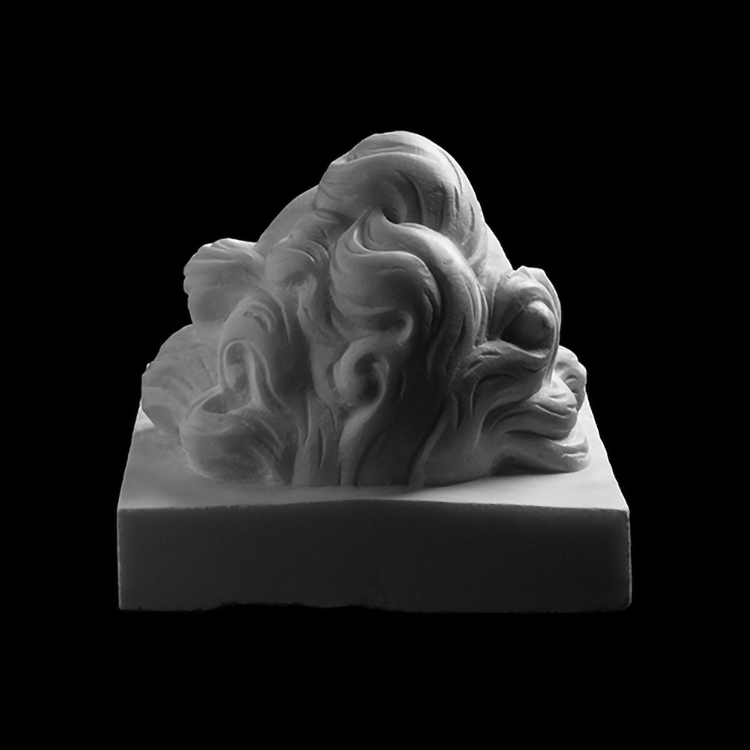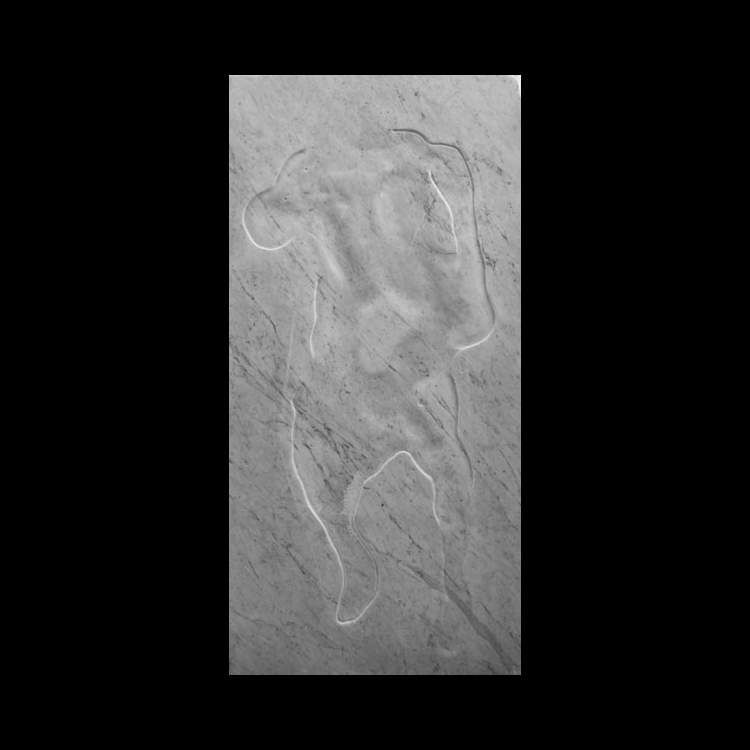Stone Talk
by Athar Jaber | 17 March 2024
Quote
“If you have a statue in the city centre you could go past it every day on your way to school and never even notice it, right. But as soon as someone puts a traffic cone on its head, you’ve made your own sculpture.”
– Banksy
Cultural commodification
Imagine this: You create a sculpture that becomes the most famous statue in the history of humankind, symbolizing an entire era and marking a pivotal moment in art history. Your contemporaries dub you “Divine”, and you’re honored for all eternity. Yet, five hundred years later, cheap mass reproductions of your masterpiece are sold to tourists, and “funny” fragments of your iconic work are printed on underwear, cooking aprons and fridge magnets. I’ve always felt a sense of disgust strolling through Florence, seeing the cheap and disrespectful merchandise mimicking Michelangelo’s David – and other artworks – sold to tourists.
Recently, Florence has decided to address this issue. Yet, I remain skeptical, questioning whether this move is genuinely for preserving cultural dignity or if it’s an attempt by institutions to monopolize profits from artworks that belong to the public domain.
Stone of Scone
Yesterday, following a £27m redevelopment project, the Perth Museum unveiled its new home in the former city hall and opened its doors to the public. The centerpiece of the museum is the 700-year-old rectangular Stone of Scone. At first glance, it might seem like just a large rock, but it’s an artifact of significant historical importance. This stone underscores the pivotal role that stones often have in political and religious dynamics, a phenomenon I like to call “The Politics of Stone”
Brancusi's white magic
This article has left me longing to be in Paris to see Centre Pompidou‘s latest exhibition “Brancusi, Art Has Just Begun”. The museum is paying homage to Constantin Brancusi with a stunning exhibition showcasing over 120 works by the pioneer of modern sculpture. Make sure to go if you’re nearby.
Plaster calculator
Last week, I needed to create a large block of plaster and was unsure of the amount I’d require for the desired size. Generally, the plaster-to-water ratio is 2:1, but I found this Plaster Calculator that precisely calculates the necessary quantities of plaster and water for your specific volume and consistency needs, just type in the dimensions of the container you’re pouring the plaster in and it does all the magic (scroll all the way down to read the Notes section detailing carious “recipes”.
Another helpful tool was this Volume to Weight Calculator that helped me calculate the final weight of the plaster block.
Q&A
Do you have specific question around sculpture and stone carving? Submit your question here below and I’ll do my best to answer it in one of the next Stone Talk Newsletters.
I hope you enjoyed these points and that you learned something new.
Until next week,
Athar
Join the talk
On Sundays, at irregular intervals, I send out Stone Talk, a newsletter where you’ll find tips and recommendations on things I believe are worth watching, listening, reading, visiting or exploring. All related to (stone) sculpture and stone carving.
The newsletter is also a great way to stay updated with my artistic activities such as exhibitions, new works, limited editions, publications, as well as my educational activities such as courses, workshops, lectures, tutorials and much more.
If you wish to subscribe to Stone Talk, please fill in the form.




